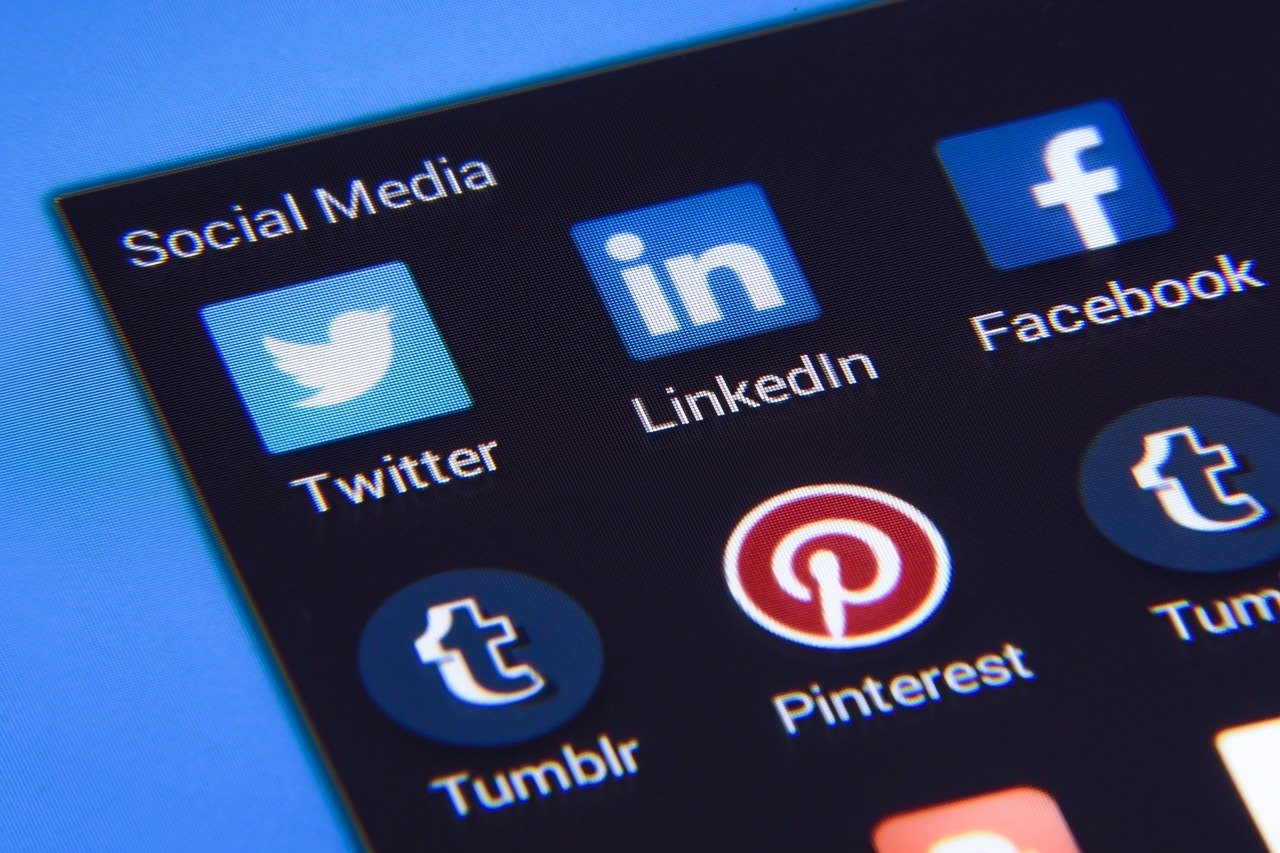What are some of the most popular social media platforms?
Introduction:
Exploring Popular Social Media Platforms the digital age has ushered in a plethora of social media platforms, each catering to diverse interests and communication styles. From connecting with friends and family to exploring niche communities, these platforms have become integral parts of our daily lives. Let’s dive into some of the most popular social media platforms that have left an indelible mark on the social landscape.
- Facebook: The Pioneer of Social Networking
Heading: Connecting the World on Facebook
Facebook stands as the pioneer of social networking platforms, founded by Mark Zuckerberg in 2004. With over 2.8 billion monthly active users globally, it remains the largest social media platform. Facebook allows users to create profiles, connect with friends, share updates, photos, and videos, and engage with content through likes, comments, and shares.
- Features:
News Feed: The central hub where users see updates from friends, pages, and groups they follow.
Groups: Communities based on shared interests, where members can discuss and share content.
Pages: Public profiles for businesses, organizations, and public figures to connect with their audience.
- Instagram: Visual Storytelling and Influencer Culture
Heading: Capturing Moments on Instagram
Instagram, acquired by Facebook in 2012, has become synonymous with visual storytelling and influencer culture. Launched in 2010, the platform focuses on sharing photos and videos, allowing users to express themselves through captivating visuals. With over 1 billion monthly active users, Instagram has shaped digital aesthetics and content creation.
- Features:
Feed: A scrollable stream of photos and videos shared by accounts users follow.
Stories: Temporary posts that disappear after 24 hours, often used for real-time updates.
IGTV: A platform for longer-form videos, enabling creators to share more extensive content.
Instagram influenced visual culture and content
Instagram has popularized visually-driven content and aesthetics. Features like filters, Stories, and IGTV have transformed how users share and consume content, giving rise to influencers and content creators.
Instagram play in the rise of influencer
Instagram is a major hub for influencer marketing. Brands collaborate with influencers to promote products, reaching specific target audiences. The platform’s visual nature makes it conducive to showcasing products in a compelling way.
Addressed concerns related to mental health and the pressure of
Instagram has implemented features such as hiding likes and providing content moderation tools to address mental health concerns. The platform has acknowledged the impact of curated lifestyles on users and is working to create a more positive environment.
- Twitter: Microblogging and Real-Time Conversations
Heading: Unleashing the Power of Tweets on Twitter
Twitter, founded in 2006, revolutionized social media with its unique microblogging format. Users share short messages called tweets, limited to 280 characters. Known for real-time conversations, hashtags, and trending topics, Twitter has become a go-to platform for news, opinions, and global discussions.
- Features:
Tweets: Short messages shared with followers and the public.
Retweets and Likes: Users can amplify tweets by retweeting and express approval with likes.
Hashtags: Used to categorize and discover content around specific topics.
- LinkedIn: Professional Networking and Career Development
Heading: Building Professional Connections on LinkedIn
LinkedIn, established in 2002, stands as the premier platform for professional networking and career development. With over 774 million members worldwide, LinkedIn provides a space for individuals to showcase their professional achievements, connect with industry peers, and explore job opportunities.
- Features:
Profiles: Detailed professional profiles highlighting work experience, skills, and achievements.
Connections: Building a network of professional connections for networking and collaboration.
LinkedIn Articles: Publishing and sharing professional insights and articles.
Conclusion:
LinkedIn is a primary tool for recruiters to find potential candidates. Job seekers can explore job postings, connect with recruiters, and receive notifications about relevant opportunities, enhancing the job search process. The platform’s feed provide spaces for professionals to share industry insights, trends, and thought leadership. Users can engage in discussions, learn from peers, and stay informed about developments in their field.
Q1: How has Facebook evolved over the years to stay relevant?
A1: Facebook has evolved by introducing new features like live video, Stories, and Marketplace. Additionally, acquisitions such as Instagram and What Sapp have expanded its ecosystem, catering to changing user preferences.
Q2: What challenges has Facebook faced in terms of user privacy and data security?
A2: Facebook has faced criticism for privacy concerns and data breaches. Issues such as the Cambridge Analytical scandal prompted increased scrutiny, leading the platform to enhance privacy controls and transparency.
Q3: How does Facebook contribute to social connectivity on a global scale?
A3: Facebook connects people across the globe, fostering communication and relationships. It serves as a platform for sharing diverse perspectives, news, and cultural experiences, contributing to a more interconnected world.
